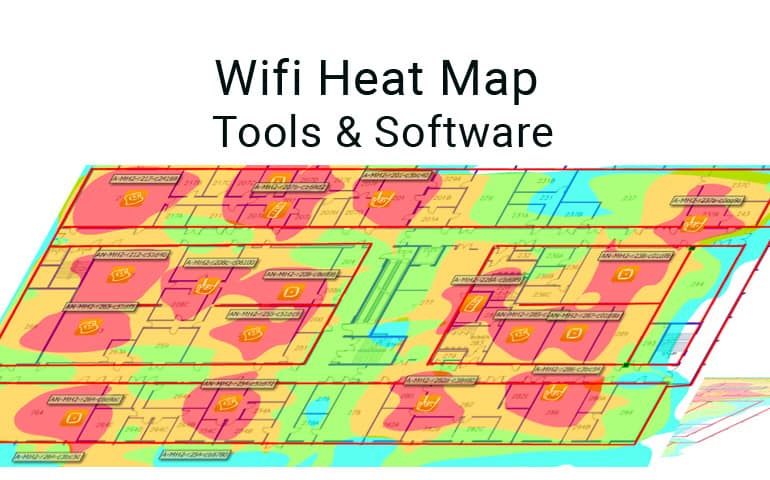In the bustling metropolis of Toronto, where digital connectivity has gradually morphed into the lifeblood that fuels the daily life of its residents, understanding the landscape of Wi-Fi accessibility is more critical than ever. A tool that has proven invaluable in this exploration is the Wi-Fi heatmap, an innovative solution that visually illustrates wireless signal strengths and weaknesses across various locations. By delving into a comprehensive Wi-Fi heatmap analysis of Toronto, we uncover the unseen layers of the city's digital infrastructure, identifying the veins through which virtual connectivity flows.
At its core, a Wi-Fi heatmap is a color-coded visual representation, with gradients that indicate the strength of wireless signals in specific areas. Regions bathed in warm colors like reds and oranges depict strong signals, whereas cooler blues and purples represent weaker zones. This simple yet powerful tool is indispensable for anyone relying on steady internet connections, be it local authorities striving to enhance infrastructural planning or businesses and individuals who depend on these invisible networks for their daily operations.
In Toronto, the significance of understanding and optimizing Wi-Fi coverage cannot be overstated. As Canada's hub of diversity and innovation, the city is a mosaic of various districts, each with unique topographical and architectural elements that impact signal distribution. The downtown core, replete with towering skyscrapers, presents a complex scenario for Wi-Fi dispersion, often leading to unexpected 'dead zones' despite the high concentration of network providers. Conversely, more open areas such as parklands and the waterfront may experience different connectivity challenges, such as the availability and range of free public Wi-Fi networks.
Embarking on a comprehensive analysis, several key factors come to light regarding Toronto's Wi-Fi heatmap. Firstly, there is an evident concentration of robust Wi-Fi signals in commercial and business districts, underscoring the economic drive behind network strength distribution. Malls, office buildings, and business centers virtually glow on the heatmap, reflecting the high-capacity routers and multiple networks typically installed to accommodate heavy traffic.
However, as one moves away from these commercial epicenters into residential areas, there's a noticeable shift in the heatmap spectrum. While many homes are equipped with Wi-Fi, the varying ages and types of residential buildings in Toronto affect signal strength and reliability. For instance, older apartment complexes may suffer from thicker walls and outdated wiring, factors that contribute to signal attenuation, reflected in cooler tones on the heatmap.
Furthermore, the analysis sheds light on the 'digital divide' that is part of an ongoing conversation among city planners and stakeholders. Despite being one of the most developed cities in North America, pockets of Toronto, especially low-income neighborhoods, often display weaker signals on the heatmap. This discrepancy highlights the socioeconomic variables influencing internet accessibility, a crucial factor considering the modern-day reliance on digital services for education, employment, and healthcare.
Interestingly, Toronto's approach to bridging this divide is visible on the heatmap through the patches of strong signals in public spaces, part of the city's initiatives to expand free, reliable Wi-Fi access. Libraries, community centers, and even some parks and public transit stations are increasingly illuminated in warmer colors on the map, indicating the growing footprint of municipal efforts to promote digital inclusivity.
In conclusion, the Wi-Fi heatmap of Toronto is not merely a technical tool but a digital mirror reflecting the city's multifaceted dynamics. From the towering skyscrapers downtown to the quiet suburban stretches, the variances in signal strength tell stories of economic vitality, social disparity, and the ongoing efforts to weave a more interconnected city. As Toronto continues to evolve, so too will its digital landscape, making continuous heatmap analysis an invaluable resource for shaping a future where connectivity can be accessed in equal measure, regardless of where one stands in the bustling heart of the city.


No comments yet